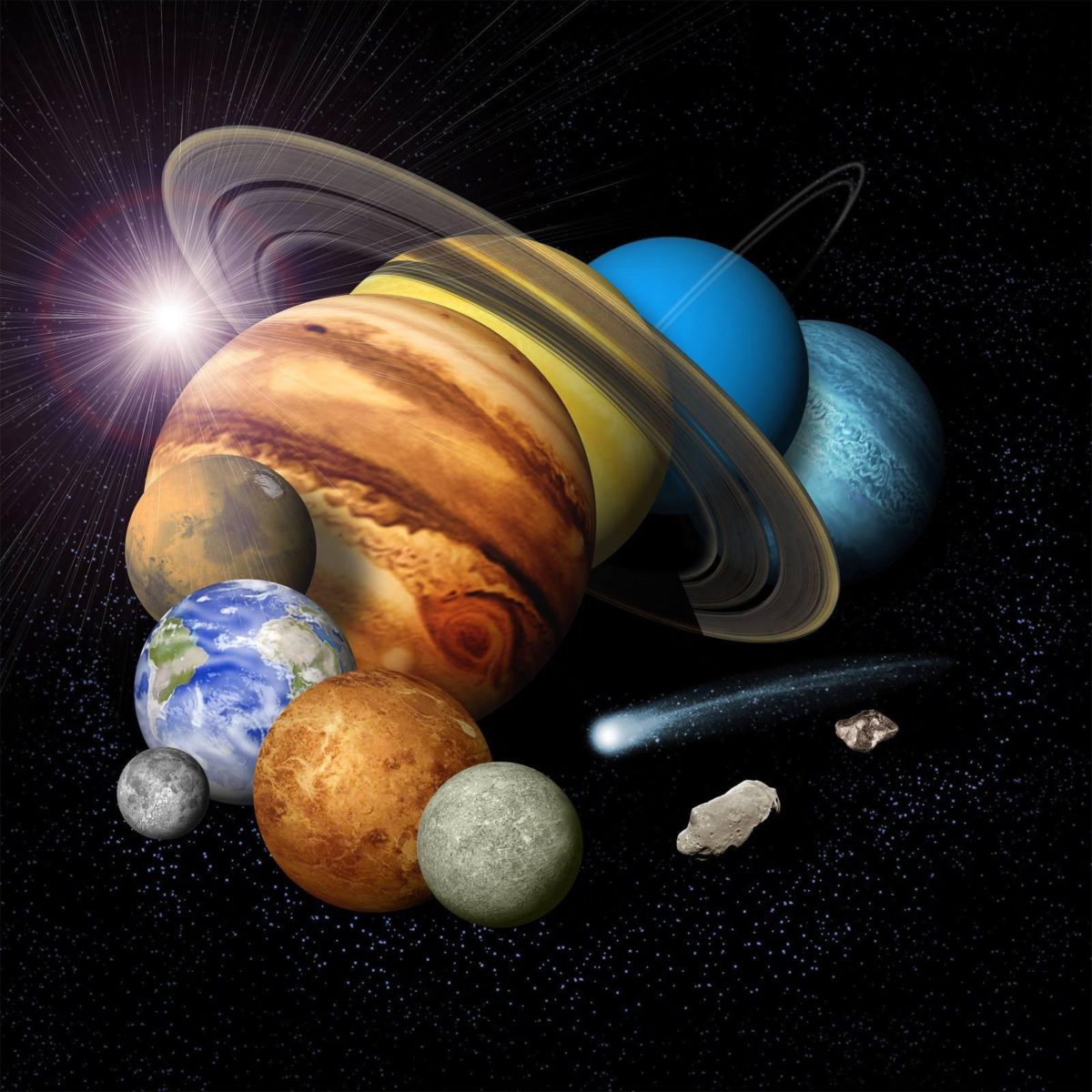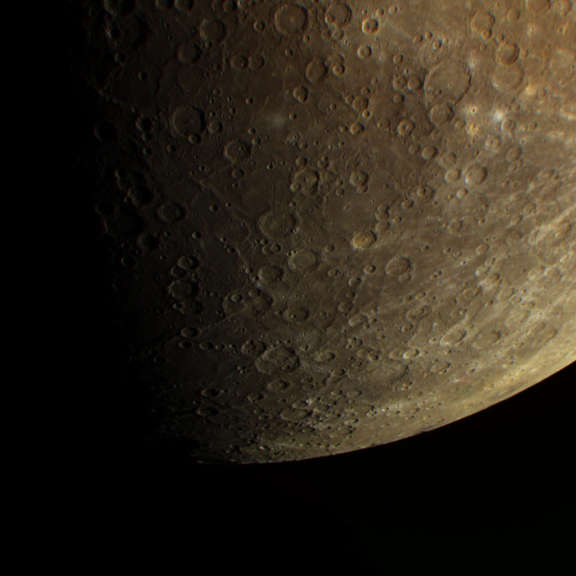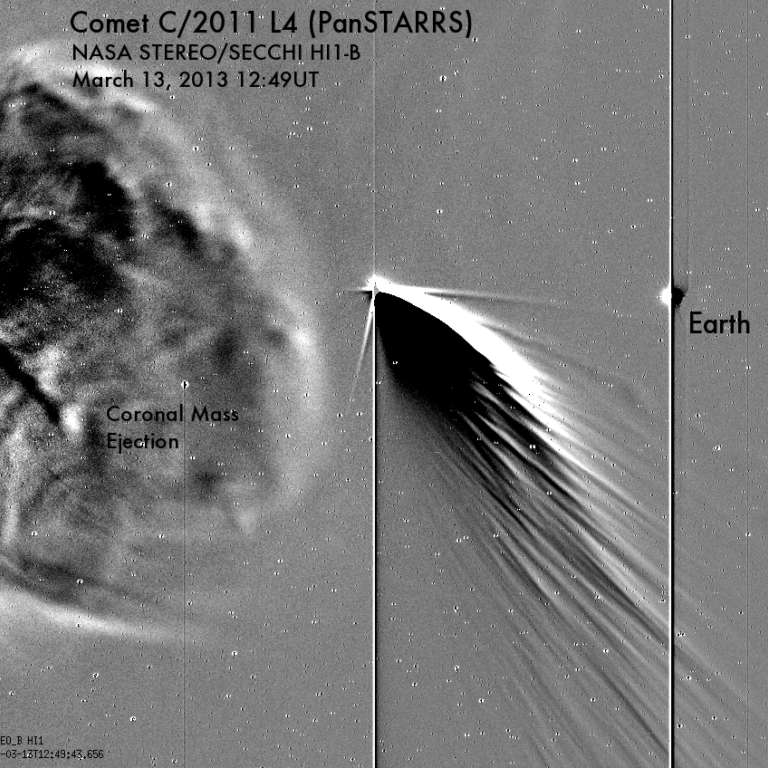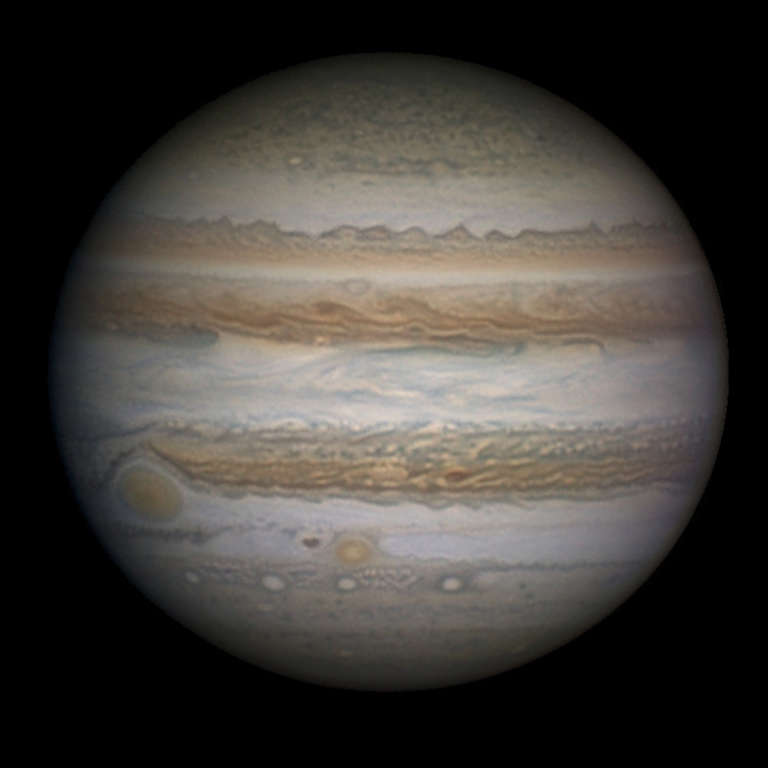All
All
Stories, updates, insights, and original analysis from The Planetary Society.
Planetary Society Weekly Hangout: Reports from the Lunar and Planetary Science Conference
On Thursday at noon PDT / 1900 UTC I'll report on some of my favorite findings from LPSC, and answer your questions about the latest planetary science.
An editorial on the LPSC 2013 oral sessions
In which I complain just a little bit about talks at the Lunar and Planetary Science Conference.
LPSC 2013: watery Martian minerals
Some interesting results from the Lunar and Planetary Science Conference on clay minerals on Mars and what they might mean about ancient water.
What's Going On with NASA Education and Public Outreach?
Sequestration claims its next victim at NASA, as all Education and Public Outreach activities are suspended until further review.
[Updated] Senate Bill Restores $223 million to NASA's Planetary Science Division
The President signed the Senate's bill to fund the government for the remainder of 2013, and it includes some positive news for NASA's Planetary Science division, which is facing a 21% cut.
LPSC 2013: License to Chill (or, the solar system's icy moons)
Reports from the March 19 session at the Lunar and Planetary Science Conference covering eight icy moons in the outer solar system: Ganymede, Europa, Dione, Rhea, Mimas, Tethys, Enceladus, and Miranda.
LPSC 2013: Future Planetary Exploration
Last week, planetary scientists gathered for the 44th Lunar and Planetary Science Conference. Van Kane rounds up some of the future mission concepts presented.
ALMA Adventure--Complete Interviews With Planetary Radio Guests
The extended, mostly unedited recordings of my conversations with many of the people I spoke to at the ALMA Observatory in Chile. Also, the full English translation of Chilean President Sebastian Pinera's speech.
LPSC 2013: The Smaller They Are, The Better They Shake
Really cool movies from Jim Richardson propose to explain how the same physics of impact cratering can produce such differently-appearing surfaces as those of the Moon, large asteroids like Eros, and teeny ones like Itokawa.
A Different Angle on Mars
A new slant on Martian landscapes from Mars Global Surveyor.
A Victory for Exploration
We celebrate success as Congress passes a bill that restores funding to NASA's Planetary Science program, allowing for more missions, begins a mission to Europa, and funds Plutonium fuel development.
LPSC 2013: Do we have a meteorite from Mercury?
Before yesterday, my answer to this question would be
LPSC 2013: Sedimentary stratigraphy with Curiosity and Opportunity
A mind-boggling quantity of information is being presented at the Lunar and Planetary Science Conference. In my first report from the meeting, I try to make sense of the Curiosity and Opportunity sessions.
Messages of Wonder
Some lovely, rarely-seen images from the MESSENGER mission.
Reports from the Lunar and Planetary Science Conference
I depart tomorrow for Houston and the annual Lunar and Planetary Science Conference (LPSC). Here's a look at how to follow the meeting on social media, and where to find me if you're also attending.
The March Equinox 2013 issue of The Planetary Report is out!
I’m happy to tell you that the March Equinox 2013 issue of The Planetary Report is hot off the presses and will begin mailing next week.
Sequestration Claims its First Victim at NASA
The first major effects of Sequestration were felt at NASA yesterday, with new rules severely restricting travel and scientific conference attendance by NASA scientists and contractors.
Planetary Society Weekly Hangout: Being WISE about asteroids, comets, and brown dwarfs with Amy Mainzer
This week I'll be talking with NEOWISE principal investigator Amy Mainzer about moving objects that the WISE mission has spotted both inside and outside our solar system.
Comet PANSTARRS from the other side of the Sun!
Comet PANSTARRS is delighting northern hemisphere viewers right now. But it's also big, bright, and beautiful to the STEREO spacecraft.
Checking in on Jupiter
We don't have any spacecraft at Jupiter right now, which is a pity. Until we do, we have to rely upon Earth-based astronomers to monitor the changing face of the largest planet.


 Explore Worlds
Explore Worlds Find Life
Find Life Defend Earth
Defend Earth


 Sun
Sun Mercury
Mercury Venus
Venus Earth
Earth Mars
Mars Jupiter
Jupiter Saturn
Saturn Uranus
Uranus Neptune
Neptune Small Bodies
Small Bodies














